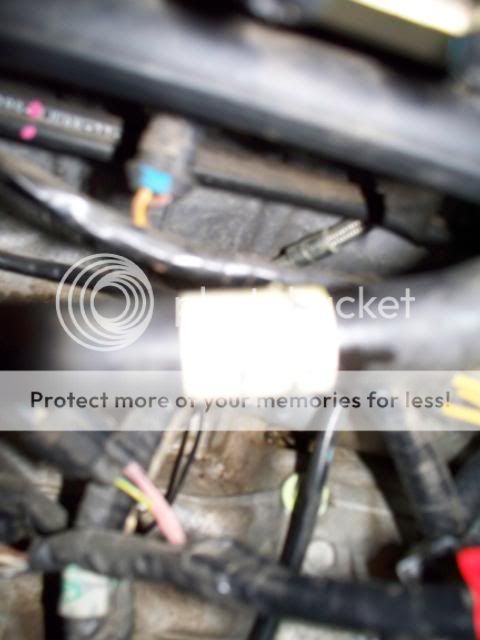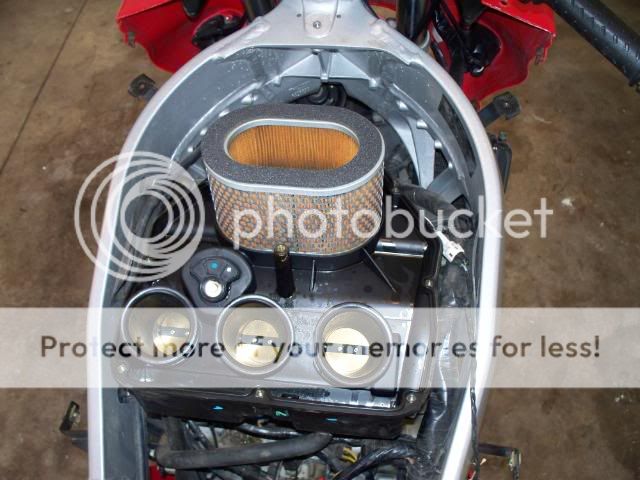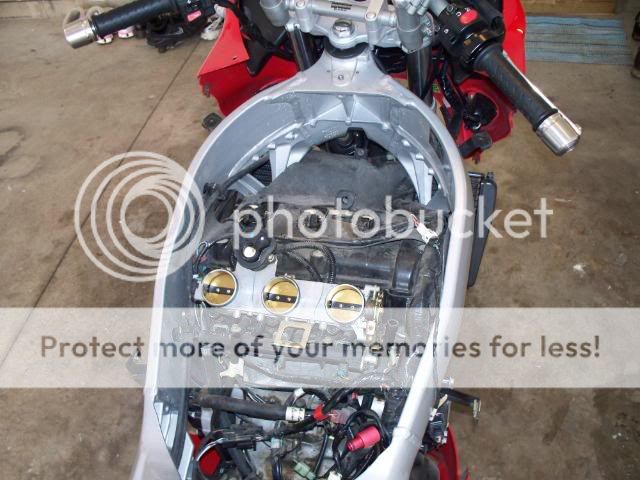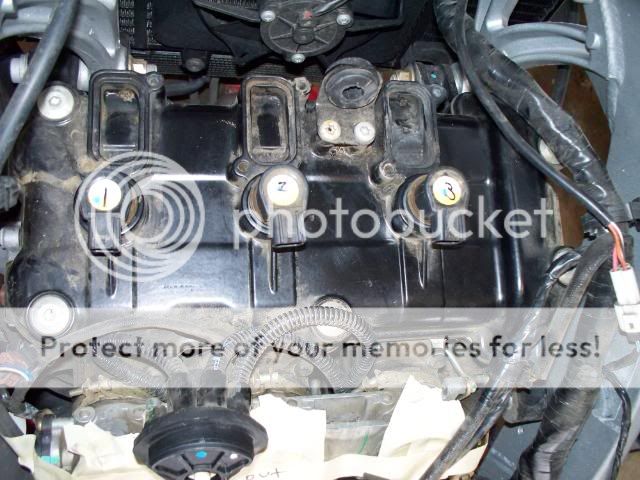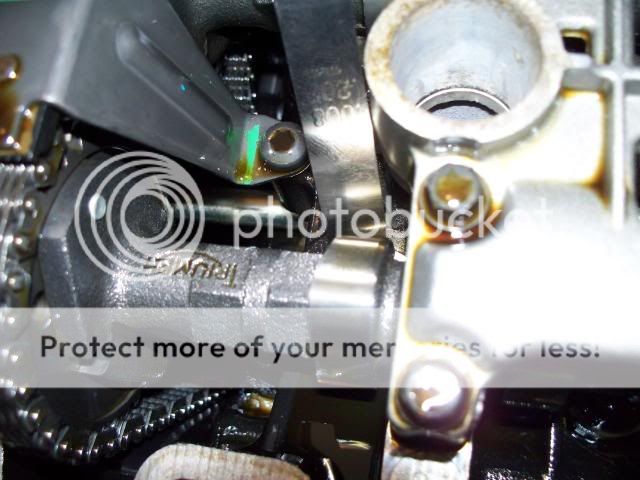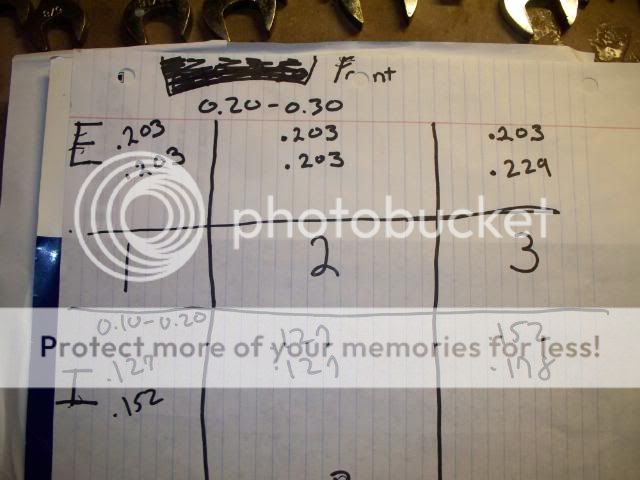oldschoolsdime92
Junior Member
I know this is a fizz forum, but the yamaha and the triumph have similar valve train setups, so I thought some of you maybe interested.
2002 Triumph Sprint st valve check; 19,803 on the clock.
I have spent the last roughly month calling around getting quotes on my valve check. I got price quotes that range from 150-375 (us) dollars. The small independent shops seemed to be cheaper than the triumph dealerships. I had one dealership in particular never even return my phone call. So with that being said, I decided I am halfway mechanically inclined, and could approach this task myself. With the help of a few on the forum, I have successfully checked my valves. It turned out to be a very straight forward job. I put together this little how to incase anyone else would be interested in giving it a shot.
The manual states the checking of the bike needs to be done cold, so your best bet would be to just start in the morning, before the riding bug bites you, and you HAVE to go for a ride. Keep your day free, as it does take some time. I started about 1230, and had it back together and on the road again by 730. This included Three trips to the parts store. The NGK spark plug book has the wrong number in their book, for the 02 sprint. Well anyways lets get this thing started.
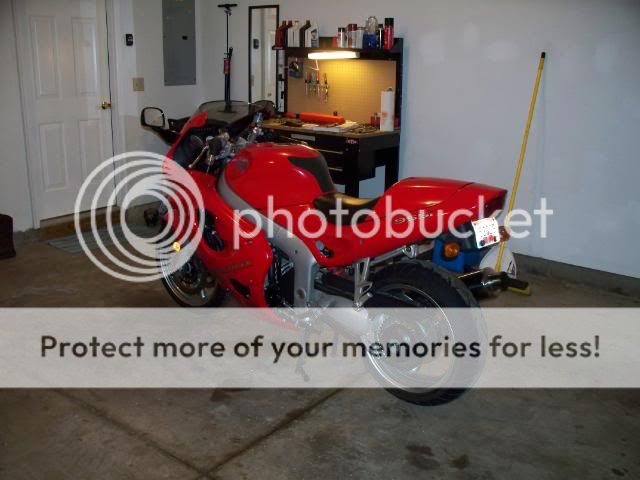
First thing you need to do, is get your bike up on the center stand, and to have a reasonable amount of room around the bike. Also, you may want to lay down a blanket to have a place to lay your fairings on.
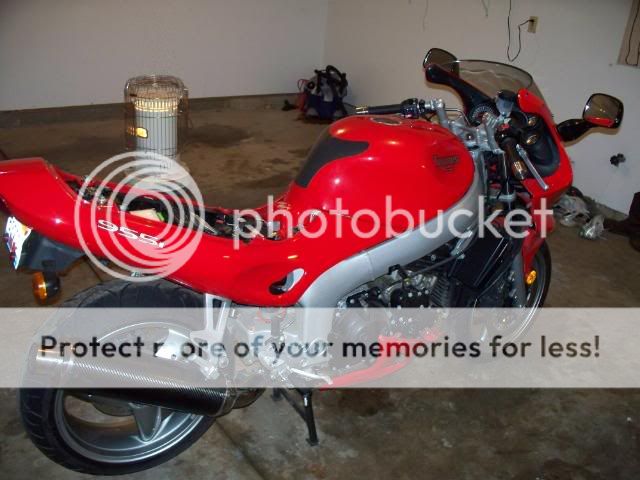
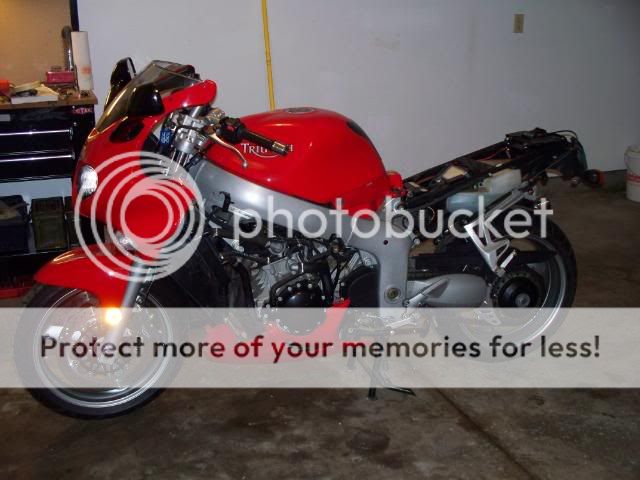
The manual states to remove the side fairings. On my bike particular, I could have checked the valves with the sides on. I’m not sure off the top of my head if it says the tail needs to go, but I removed mine just to give it a look over, as I have never dug into this bike. Here is my blanket of goods. We decided if someone were to come by and run off with my blanket, technically buying the parts new, would cost more than what I paid for the bike!
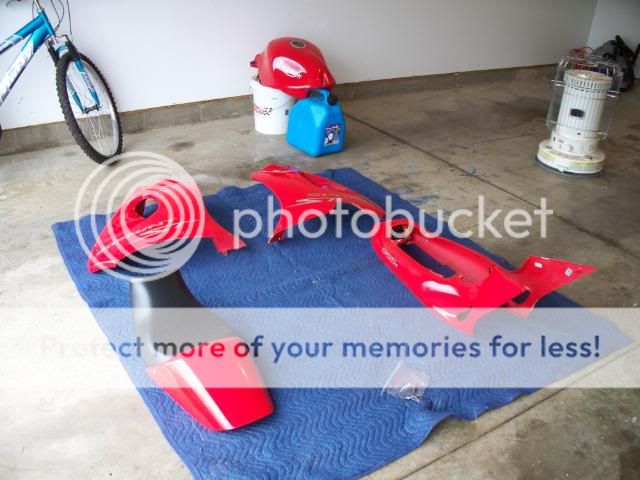
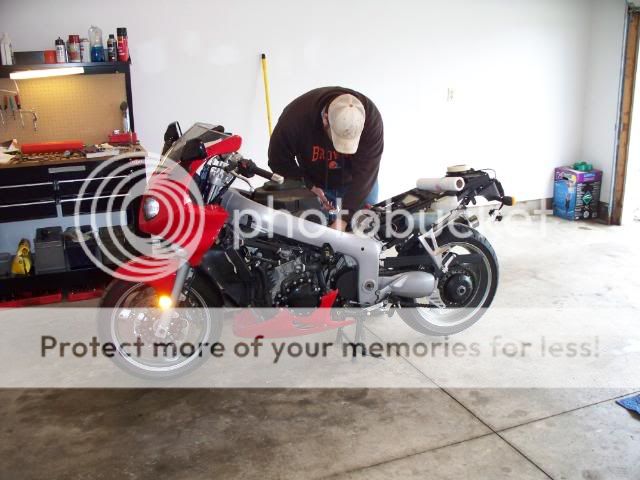
Now here she is with the tank off. This is where it gets interesting. There are two quick connect hoses, which It appears I do not have pictures of. They are very easy to unhook, but the manual says they will be self sealing once removed. One of my certainly was not self sealing, as you can see its sitting on a 5 gallon bucket, It spent the afternoon dribbling into that bucket. There was a vent tube, and an overflow tube, both that once unhooked will drop down onto the ground under the bike. There is an electrical plug on the fuel pump, and another plug under the tank. You can unhook everything you see on the side, and then lift the tank up and get the connector underneath. This is where its helpful to have a buddy or someone to help you out. I should have replaced mine with the metal fittings offered from team triumph, but I didn’t. The recall work on the original fittings had been already done.
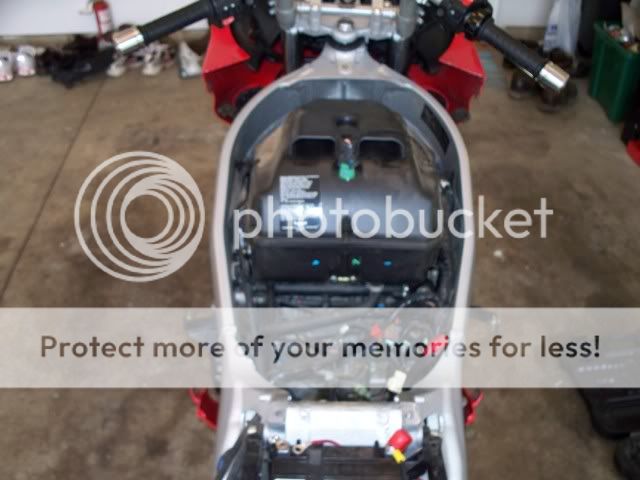
Heres the airbox. Right in the middle on top, you can see a sensor. Once I started removing hoses and wires, I thought it might be a good idea to label them with a piece of masking tape and a sharpie marker
2002 Triumph Sprint st valve check; 19,803 on the clock.
I have spent the last roughly month calling around getting quotes on my valve check. I got price quotes that range from 150-375 (us) dollars. The small independent shops seemed to be cheaper than the triumph dealerships. I had one dealership in particular never even return my phone call. So with that being said, I decided I am halfway mechanically inclined, and could approach this task myself. With the help of a few on the forum, I have successfully checked my valves. It turned out to be a very straight forward job. I put together this little how to incase anyone else would be interested in giving it a shot.
The manual states the checking of the bike needs to be done cold, so your best bet would be to just start in the morning, before the riding bug bites you, and you HAVE to go for a ride. Keep your day free, as it does take some time. I started about 1230, and had it back together and on the road again by 730. This included Three trips to the parts store. The NGK spark plug book has the wrong number in their book, for the 02 sprint. Well anyways lets get this thing started.

First thing you need to do, is get your bike up on the center stand, and to have a reasonable amount of room around the bike. Also, you may want to lay down a blanket to have a place to lay your fairings on.


The manual states to remove the side fairings. On my bike particular, I could have checked the valves with the sides on. I’m not sure off the top of my head if it says the tail needs to go, but I removed mine just to give it a look over, as I have never dug into this bike. Here is my blanket of goods. We decided if someone were to come by and run off with my blanket, technically buying the parts new, would cost more than what I paid for the bike!


Now here she is with the tank off. This is where it gets interesting. There are two quick connect hoses, which It appears I do not have pictures of. They are very easy to unhook, but the manual says they will be self sealing once removed. One of my certainly was not self sealing, as you can see its sitting on a 5 gallon bucket, It spent the afternoon dribbling into that bucket. There was a vent tube, and an overflow tube, both that once unhooked will drop down onto the ground under the bike. There is an electrical plug on the fuel pump, and another plug under the tank. You can unhook everything you see on the side, and then lift the tank up and get the connector underneath. This is where its helpful to have a buddy or someone to help you out. I should have replaced mine with the metal fittings offered from team triumph, but I didn’t. The recall work on the original fittings had been already done.

Heres the airbox. Right in the middle on top, you can see a sensor. Once I started removing hoses and wires, I thought it might be a good idea to label them with a piece of masking tape and a sharpie marker
Last edited:

